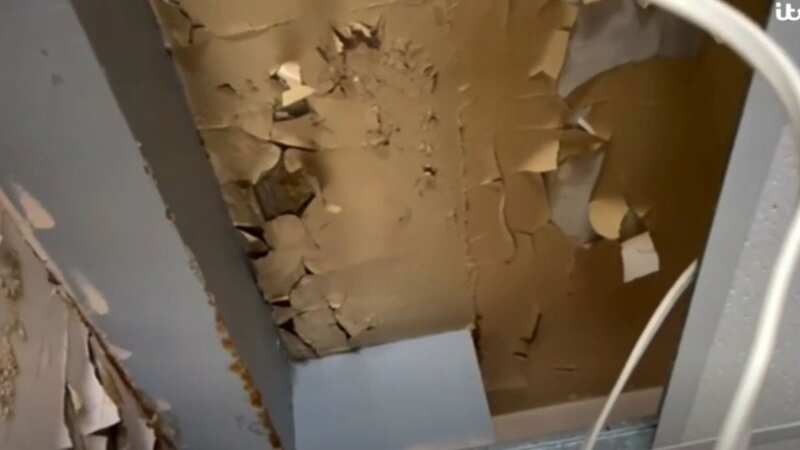Fresh fears over concrete crisis in hospitals as buildings crisis deepens

Nearly two million patients and 42,000 NHS staff are at risk from hospitals with unsafe concrete, research reveals today.
Some 1.9 million people live in the catchment areas of seven NHS hospital sites affected by reinforced autoclaved aerated concrete, according to a Lib Dem-commissioned study by the House of Commons Library. Dodgy concrete has forced the closure or partial shutting of dozens of schools, disrupting the return to lessons of thousands of children.
But fears are growing about the impact on other public buildings constructed between the 1950s and late 1980s, which may have been built using the material. The Lib Dems have uncovered details of how NHS sites are affected.
About 43,000 NHS staff work at hospital trusts affected by the crisis - including more than 11,500 nurses and 4,850 doctors. University Hospital Southampton had the largest number with 468,295 patients living in its catchment area, followed by Blackpool Teaching Hospitals at 316,122 and the Queen Elizabeth Hospital in King’s Lynn with 249,000.
Four of the hospital sites are classed as being “mostly composed of RAAC beams”, analysts warned. The real number of people living in areas with unsafe hospitals will be even larger, as the analysis only included seven of the total 23 NHS trusts affected by RAAC.
 Teachers, civil servants and train drivers walk out in biggest strike in decade
Teachers, civil servants and train drivers walk out in biggest strike in decade
Lib Dem leader Sir Ed Davey said: “It is frankly a national scandal that so many people live in areas with hospital buildings at risk of collapse. Hard-working doctors and nurses were the heroes of the pandemic, and deserve better than to work in unsafe conditions under roofs at risk of collapse.” The Lib Dems believe the true figures will be even higher because 11 NHS trusts which have multiple hospital sites were excluded from the analysis. Another five trusts affected by RAAC are yet to be publicly identified.
Previous freedom of information requests revealed 18 NHS trusts that have hospital buildings fitted with RAAC. The Lib Dems called on Rishi Sunak to urgently boost funding to fix crumbling hospital buildings putting patients’ safety at risk. Sir Ed added: “This feels like a disaster waiting to happen with the NHS. The Government must learn the lessons from their failure on crumbling schools and get these hospitals fixed as soon as possible. There is no time to waste when NHS staff and patient safety is a risk.”
“Ministers cannot kick the can down the road any longer. The public will never forgive Conservative ministers if they ignore another warning of public sector buildings falling apart.” NHS England chief executive Amanda Pritchard admitted hospitals not replacing unsafe concrete beams were at risk.
She told the Commons Public Accounts Select Committee: “The management of RAAC can be really quite burdensome for local teams. We’re following the Institute structural engineers’ guidance… but we would be clear even doing all of that in all of those mitigations - that does not and cannot completely eliminate the risk from RAAC.”
Hospitals currently spend millions of pounds a year propping up RAAC ceilings. Some hospitals have been treating severely obese patients on ground floors because of fears RAAC could collapse. However, a top civil servant claimed “regular monitoring can be appropriate mitigation”.
Department of Health permanent secretary Shona Dunn said: “Regular ‘monitoring’ is appropriate mitigation. Therefore there will be some environments where part of the mitigation plan is to regularly monitor the position rather than to move to anything more invasive.” Ms Pritchard said 15% of NHS buildings are more than 75 years old - older than the NHS itself. The NHS has only committed to stripping RAAC from the NHS estate by 2035.
* Follow Mirror Politics on Snapchat, Tiktok, Twitter and Facebook
Read more similar news:
Comments:
comments powered by Disqus
































